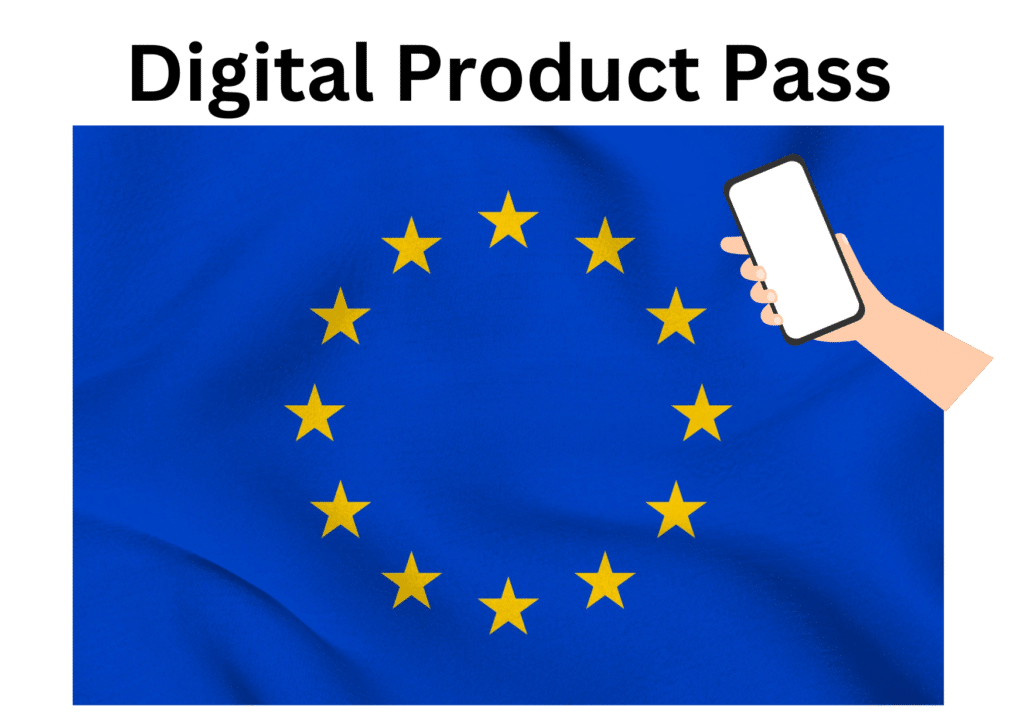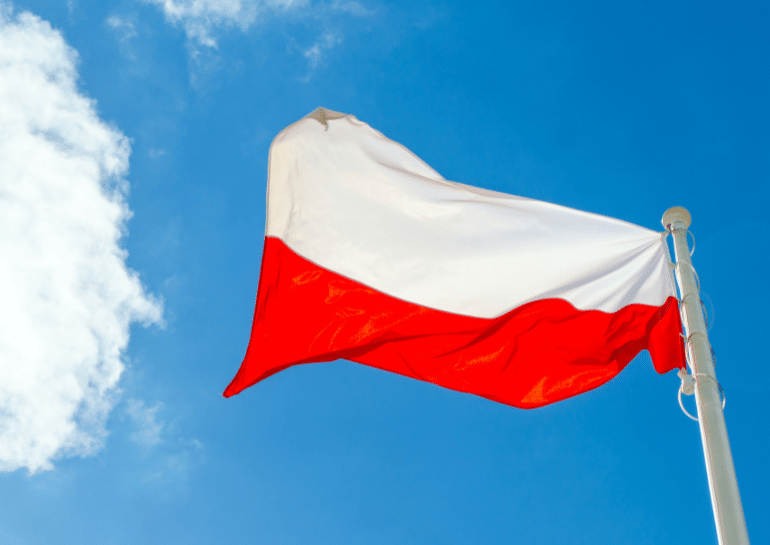Digital product passport for sustainable products
The introduction of a digital product passport is a legal change that will come into effect with the new Ecodesign Directive. This regulation is intended to oblige manufacturers to produce products in a more sustainable and environmentally friendly way. In addition to the introduction of the digital product passport, the regulation imposes further obligations on manufacturers.
Among other things, the EU product passport should contain information on the components, ingredients and other properties of products. The information content in the digital product passport will make it easier for all market players and consumers to contribute to the circular economy within the company.
In this article, you will learn how the Digital Product Passport is shaping the future of sustainable products. We look at the obligations that manufacturers have to fulfill, the expected introduction date and the benefits that it brings for all stakeholders along the economic chain.
Short on time? Check out the “For Quick Readers” section or read on below.
The digital product passport is a data set. Market players and customers scan a QR code to retrieve the data contained in the passport. They then receive information on the characteristics of the product. Manufacturers of products affected by the upcoming Ecodesign Regulation are obliged to use the digital product passport to provide the product information required by the legislator. What information this is depends on the type of product. In addition to the ingredients, materials and components, information on reusability and assembly instructions are potential components of the passport.

What does the EU’s digital product passport oblige manufacturers to do?
The provision of a digital product passport will be mandatory for manufacturers of certain products. It is currently certain that energy-related products will have to have a digital product passport in future, as these products are affected by the Ecodesign Directive already in force.
As the new Ecodesign Regulation extends the group of affected products to include textiles and packaging, for example, it can be assumed that these and other product types will also have to be equipped with a digital product passport in the coming years.
The information that the EU product passport must contain varies from product to product. A product passport is already known from the amendments to the EU Battery Regulation 2023. Every battery must carry a battery passport. Information on the capacity, performance, service life and chemical composition of the battery must be available via the QR code. Similar to the battery passport, the EU’s digital product passport imposes product-specific obligations as to what information manufacturers are obliged to provide. Examples of mandatory information include:
- Assembly instructions
- Interface technologies
- operating instructions
- certificates
- Proof of authenticity
- Reusability
- Material composition
- Energy efficiency
Digital Product Passport: When is its introduction expected?
It is unclear when the digital product passport will become mandatory for manufacturers. Firstly, the Ecodesign Regulation, which includes the introduction of the passport, must be adopted. This regulation will become mandatory for all EU member states when it comes into force; it is expected to come into force this year.
Some sources assume that the digital product passport will not become mandatory until 2027. Nevertheless, for reasons of competitiveness and transparency, companies are already looking to introduce such a passport. In this way, they are anticipating the legal obligation and acting early in terms of product responsibility. This is more advantageous than only starting to implement the passport on products shortly before the obligation to introduce it and, in the worst case, not being able to guarantee legal compliance in time.
EU Digital Product Passport: beneficial for all players along the economic chain
The digital product passport will provide information from the extraction of individual raw materials in the product through to take-back and recycling at the end of the product’s life. Although the introduction of the passport will initially involve increased effort for companies, they will benefit from the passport overall: in times when consumers are paying attention to sustainability and environmental protection, manufacturers themselves will also receive all the important information on the individual components and extracted raw materials from their suppliers thanks to the digital product passport. They can take this information into account when manufacturing their products and thus make their production processes more sustainable, for example.
The manufacturing process could also be optimised using the information in the digital product passport. For example, the information in the EU product passport could make it possible to increase the efficiency of steel production, which is in itself extremely energy- and resource-intensive, for products from the construction sector.
In the case of packaging, for example, a digital product passport would have the advantage that consumers could decide in favour of the more sustainable type of packaging based on the information in the passport. This means that everyone involved, from the manufacturer to the end consumer to the disposal company, benefits from the EU’s digital product passport. Disposers can organise recycling more efficiently thanks to the information on the material composition of the product. The digital product passport provides disposers with the following information about the product, among other things:
- Materials contained
- Suitability of the individual materials for reuse
- Unsuitability of the materials for recycling and disposal obligation
Better availability of data through the EU product passport
Retrieving data via a QR code significantly improves the availability of data. Today, isolated digital solutions from market players regularly mean that product data is only available to a limited extent globally. A digital product passport is an important step towards globally consistent availability of product data, as anyone can read the data from the QR code using a modern smartphone. This makes the data easily available and contributes to the standardisation of data availability: It is no longer just a few market players who can view the data and therefore gain an advantage over other companies or consumers, but all market players.
Where exactly the digital product passport has to be placed will probably vary from product to product. There will be alternative solutions for products that cannot be labelled with a QR code. But one thing is clear: The digital product passport will be mandatory in online retail. Manufacturers, retailers and distributors of products will have to include the QR code for the passport on the individual product pages.






